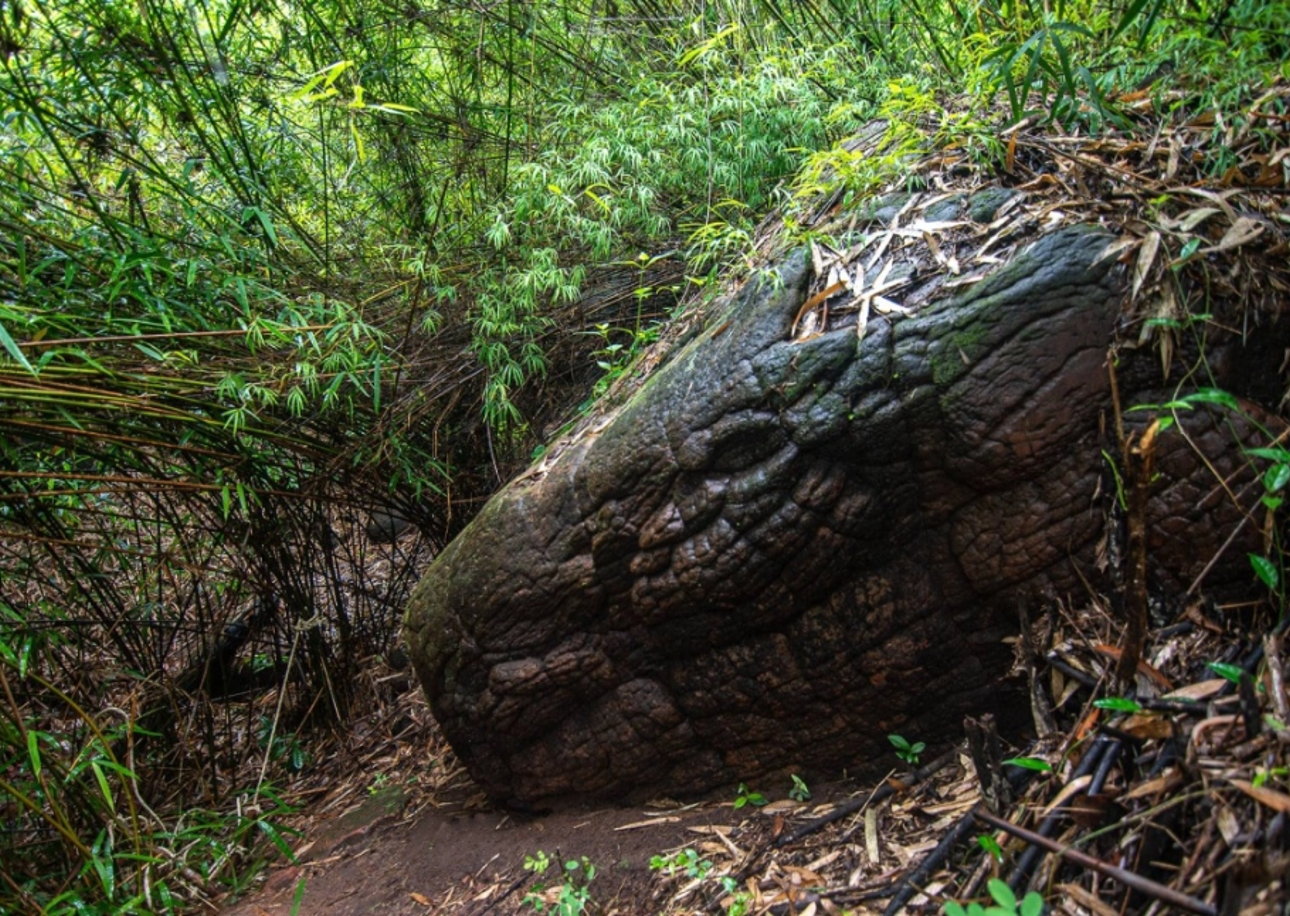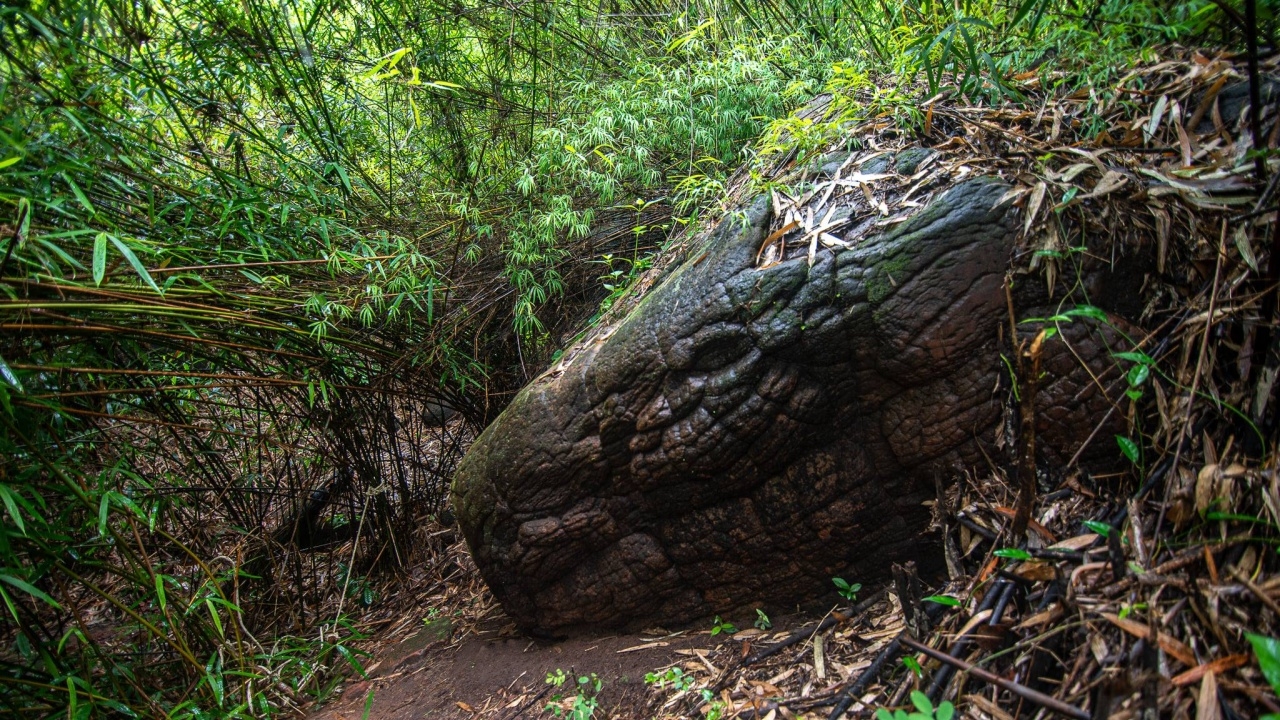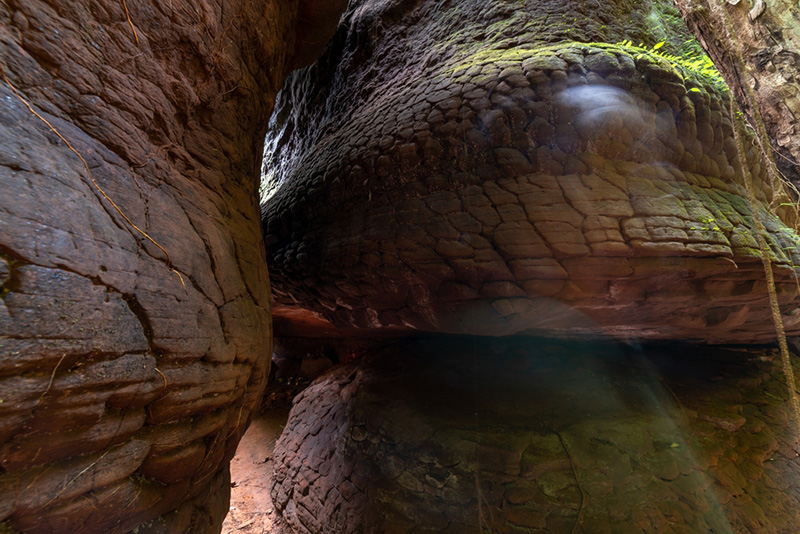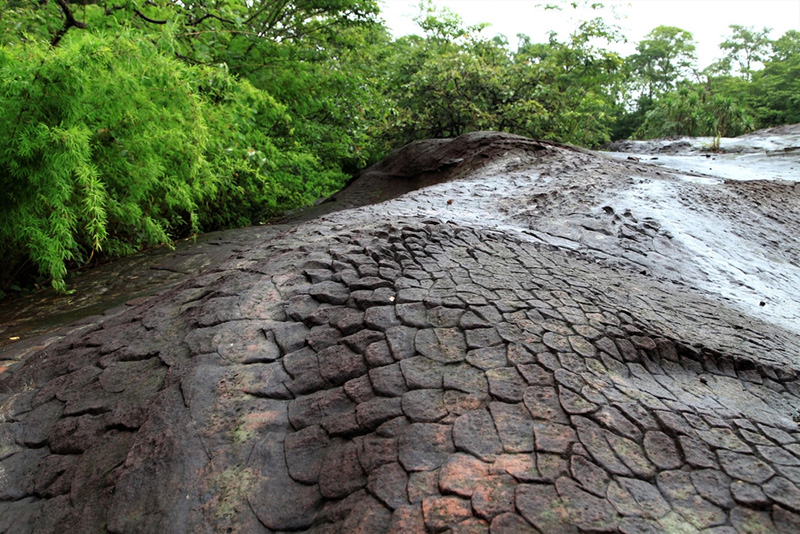Gentlemen’s Guide: Bangkok’s 5 Best Barber Shops
These top 5 barber shops in Bangkok are where gentlemen can elevate ...

In 2020, the discovery of Naga Cave in Thailand’s Phu Langka National Park captured the public’s imagination. This national park is located across two provinces, Nakhon Phanom and Bueng Kan. While Naga cave is in Pho Mak Khaeng, Bueng Khong Long District, Bueng Kan, this new attraction showcases rock formations that resemble scales of the mythical giant serpent known as Naga.

According to park officials, these “snake scales” are approximately 100,000 years old and are formed from rock that has cracked under sharp temperature changes between day and night, with water erosion shaping these cracks to mimic the appearance of snake scales.
The cave continues to fascinate due to its mix of natural beauty and local mythology. Legend has it that Pu U Lue Nakrat, cursed to become a Naga and imprisoned, would be freed and the area there would be known and prosper only after a decade, coinciding with the 10th anniversary of the founding of Bueng Kan province in 2020. This tale fuels the cave’s popularity, and word spread through personal beliefs, leading to its continued fame.


Naga Cave is accessible daily unless heavy rain poses risks. The journey from the starting point to the cave spans about 1,400 metres, involving a natural trail with stairs and earthen paths. Some sections require the aid of a rope to navigate. The round trip takes roughly 4-5 hours and is recommended for those in good physical condition. It is not recommended for pregnant individuals or those with certain medical conditions.
1. Fly to either Udon Thani or Nakhon Phanom province, and then rent a car to Bueng Kan province.
2. Take a tour bus to Bueng Kan, and then drive to Phu Langka National Park.
3. Drive there directly if you have a personal vehicle.
• Naga Cave is a year-round destination, each season offering a unique view. The rainy season brings a lush, vibrant look with moss and ferns, while the dry season allows for clearer views of the rock formations.
• Arrive early, ideally around 6:30 AM, to avoid the heat and crowds, as the site limits visitors to 700 per day and it takes 4-5 hours to go to every spot.
• Book your entry in advance for up to 300 people daily through the QueQ application.
• It is suggested that you wear comfortable, breathable clothing or a light raincoat for the rainy season.
• Facilities include small toilets on the mountain.
• The trail is closed annually in May for maintenance and conservation efforts.

• Water (1-2 bottles) and food
• Refreshments such as oral rehydration salt, sweet drinks, candies, and cooling towels
• Gloves for protection during the hike
• A backpack
• Sun protection gear: clothing, a cap, an umbrella, sunglasses
• Entry to the national park: 20 THB per Thai adult (aged 15-60 years old), plus an additional 10 THB for life insurance, and 10 THB per child (aged 3-14 years old), plus an additional 10 THB for life insurance.
For foreigners: 200 THB per adult (aged more than 15 years old) and 100 THB per child (aged 3-15 years old), plus an additional 40 THB for life insurance.
• Guided Tour: 500 THB for groups accommodating up to 7 people (guide required)
These top 5 barber shops in Bangkok are where gentlemen can elevate ...
With a paintbrush in one hand and a whole world of identity ...
In a cinematic landscape saturated with remakes, reboots and sequels, you might ...
While traditional TV shows are serving us endless boy-meets-girl tales. Thailand has ...
Must-have gadgets for kids in the Y2K are, predictably, making a comeback ...
Get an exclusive peek into the world of Freen Sarocha: uncover 10 facts ...
Wee use cookies to deliver your best experience on our website. By using our website, you consent to our cookies in accordance with our cookies policy and privacy policy